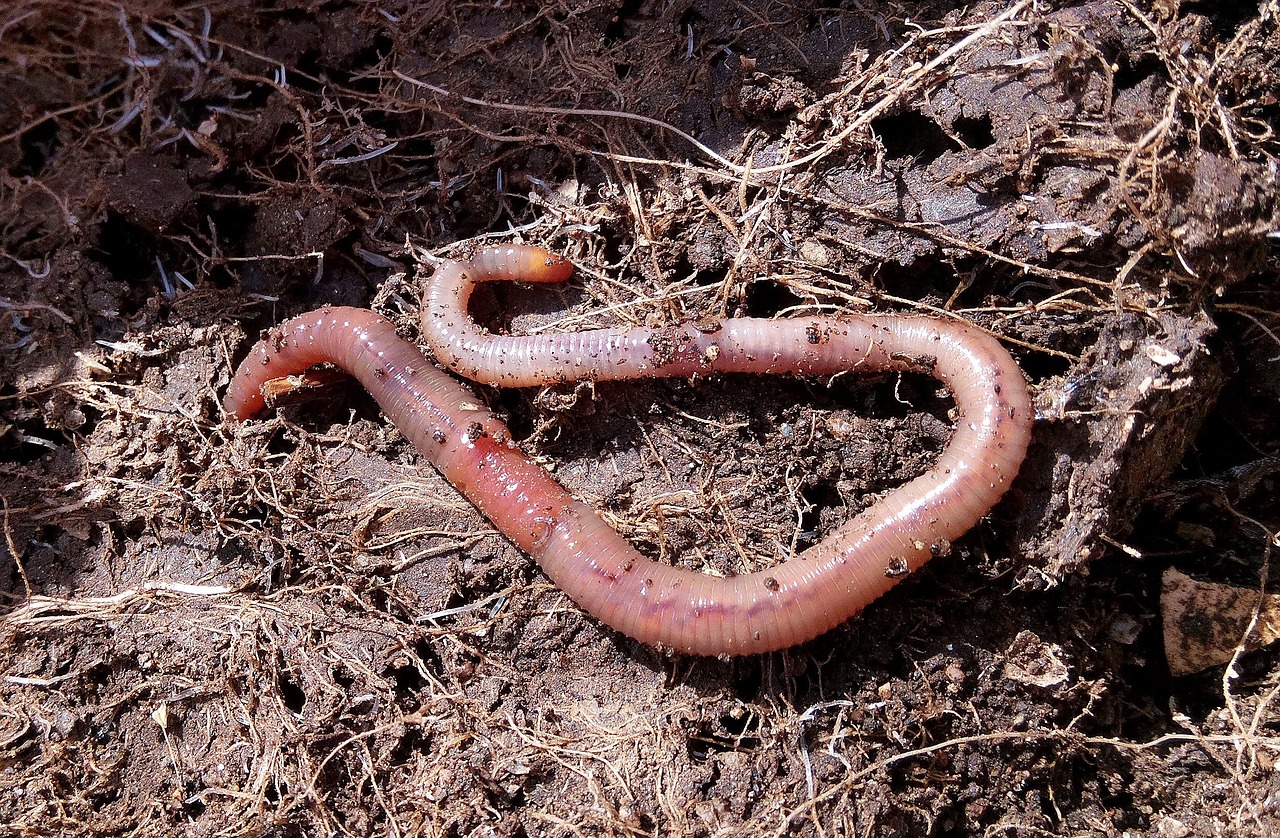Soil Networks Become More Connected and Take up More Carbon As Nature Restoration Progresses
Authors: Elly Morriën and S. Emilia Hannula | Published: February 8, 2017
Many ecosystems worldwide face exposure to intensified human use1,2,3, which has resulted in loss of biodiversity4, altered functioning5and altered provisioning of ecosystem services6. The abandonment of disturbed land represents one of the most widely used restoration strategies implemented at a global scale7, with the potential to promote biodiversity, and associated ecosystem services. However, the restoration of natural ecosystem functioning and soil properties is known to be a long-term process7,8, dependent upon the time it takes to restore connections between different components of the community9. Over half a century ago, Odum10 identified mechanistic linkages between the successional dynamics of natural communities and the functioning of natural ecosystems. Specifically, as communities progress through succession, diversity is expected to increase and nutrients will become ‘locked-up’ in the biota, with consequences for the build-up of soil organic matter and closure of the mineral cycles10. More recently, the interplay between aboveground and belowground biodiversity has emerged as a prominent determinant of the successional dynamics in biological communities11. However, little is known about how changes in the soil biota contribute to the associated changes in ecosystem functioning.
In ecosystems undergoing secondary succession, it is evident that available nitrogen diminishes, primary productivity decreases and the plant community shifts from fast- to slow-growing plant species12. There is less evidence of an increase of soil biodiversity13, and evidence of a relationship between soil biodiversity and ecosystem functioning is mixed, at best5,13,14,15. As a result, it is still unclear how soil and plant community composition relate to each other and what is the relative role of plants and soil biota in driving soil processes and plant community development12,17.
Interestingly, studies on a time series (chronosequence) of abandoned arable fields revealed that carbon and nitrogen mineralization by the soil food web increases during secondary succession18. This implies a more active soil microbial community in later successional stages19,20,21where bacterial-dominated systems are expected to be replaced by fungal-dominated systems22 with more carbon turnover via fungi23 and their consumers24. However, data to test these assumptions are largely lacking. Therefore, the aim of the present study was to examine how biodiversity, composition and structure of the soil community change during successional development of restored ecosystems.
We used a well-established chronosequence of nature restoration sites on ex-arable, formerly cultivated, lands that represent over 30 years of nature restoration. We determined biodiversity of almost all taxonomic groups of soil biota, analysed their network structure and added labelled carbon dioxide and mineral nitrogen to intact plant–soil systems in order to track their uptake by the soil food web. We tested the hypothesis that functional changes in carbon and nitrogen flows relate more strongly to the belowground community network structure than to belowground biodiversity.
We analysed variations in species co-occurrence and considered enhanced correlations as network tightening, which we define as a ‘significant increase in percentage connectance and an increase in the strong correlations as a percentage of all possible correlations’25. Our results reveal increased tightening and, therefore, connectance, of the belowground networks during nature restoration on the ex-arable land. A combination of correlation-based network analysis and isotope labelling shows that soil network tightening corresponds with enhanced efficiency of the carbon uptake in the fungal channel of the soil food web, without an increase in the total amount of soil biodiversity or in fungal-to-bacterial biomass ratios. For nitrogen, the non-microbial species groups revealed a similar pattern as for carbon. Tightening of the networks reflects stronger co-occurring patterns of variation in soil biota25. Increased carbon and nitrogen uptake capacity by the fungal channel in the soil food web can be explained by stronger co-occurrence of preys and their predators24, which enhances the efficiency of resource transfer in the soil food web compared with a soil food web where preys and predators are spatially isolated.

